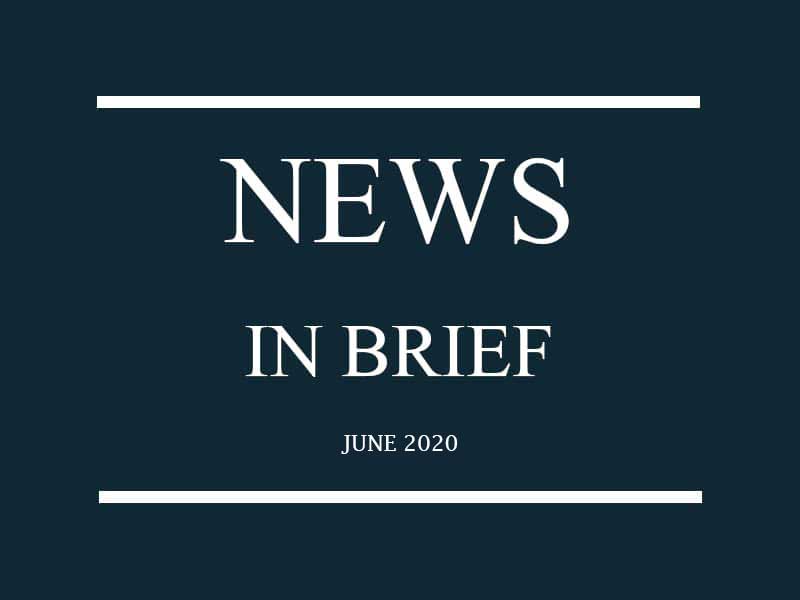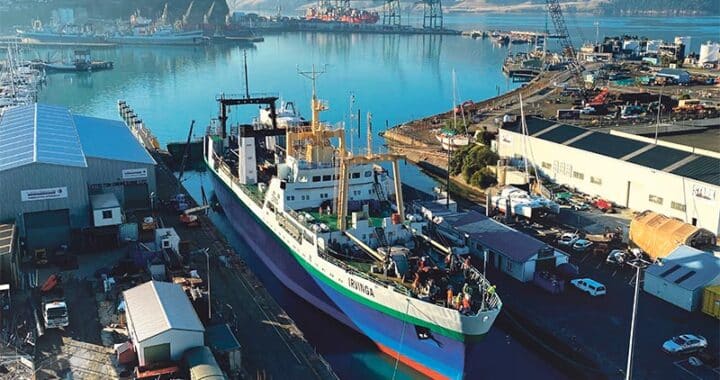News in Brief: June 2020
3 min read
Hunting industry appeals for domestic support
With New Zealand’s guided hunting industry severely impacted by COVID-19, NZ Game Animal Council, Safari Club International New Zealand (SCI NZ), and New Zealand Professional Hunting Guides Association (NZPHGA) is appealing for support from domestic hunters looking for guided hunting experiences.
Worth more than $50 million a year to the New Zealand economy, guided hunting provide international visitors with Kiwi hunting experiences on both private and public land and has also employed many in provincial regions, said Game Animal Council general manager Tim Gale, adding that “it really has been a New Zealand tourism success story”.
But with COVID-19 restrictions in place, international tourism has been halted.
“The reality is with COVID-19 having decimated the international tourist market hunting guides, game estates and other commercial operators are facing a very uncertain time and many may be forced to consider their future in the industry,” said SCI NZ president Mike Knowles.
“With New Zealand leading the world in combatting COVID-19, the recovery period presents a unique opportunity for New Zealand hunters to get out there and support local New Zealand businesses while having some fantastic hunting experiences.
“Our members would love to take Kiwi hunters on guided hunts, where they can go after the trophy of a lifetime or put high-quality free-range meat in the freezer.”
Read more: News in Brief May 2020
Forest & Bird: New goal of zero seabird deaths on fishing boats
While the new National Action Plan for protecting seabirds from commercial fishing hooks and nets has made a big leap forward, with a new goal of reducing seabird deaths to zero, Forest & Bird says without cameras on boats, the plan will not succeed.
“As well as a new goal of zero seabird deaths, increased transparency is a really important part of the new Action Plan,” said Forest & Bird spokesperson Sue Maturin.
“The new Seabird Plan of Action requires fishers to have vessel plans to reduce seabird bycatch and report on their progress in line with the goal of zero seabird deaths. Every year, the government will have to report back to New Zealanders on progress with the Plan of Action.”
Forest & Bird says with the industry not providing reliable bycatch information, the lack of observer coverage of the fishing fleet is still a major gap in the plan to save New Zealand’s seabirds.
“Up to 14,000 birds dying unnecessarily every year is an outrage, and now the fishing industry has a chance to show New Zealanders they can do what it takes to keep our precious wildlife safe from hooks and nets. But this will only work with cameras on boats and more fisheries observers,” said Maturin.
“Despite the legal obligation to do so, fishers don’t provide reliable data on what birds and other non-target species they catch. MPI and DOC instead rely on estimates based on the information collected by on-board observers. Only 12% of the fishing fleet carry observers at any one time, so it is now imperative [that] the rollout of cameras begin, or this plan to save New Zealand’s seabirds will fail.”
Your views sought
Following Ngāti Tamaterā Treaty Settlement Trust’s request, on behalf of Ngāti Tamaterā, for a temporary closure to the harvest of pipi, cockles, mussels, and oysters, from Te Mata and Waipatukahu, West Coromandel, Fisheries New Zealand is inviting submissions from persons who have an interest in the effects of fishing in the area. The request is for a two-year closure.
The approximate area of the proposed temporary closure includes all those fisheries waters within the following lines: starting at a point on the mean high-water mark on the northern bank of the Ōtaki Creek mouth; then proceeding in a straight line due west to a point one nautical mile offshore from the mean high-water mark; then proceeding along a line in a generally southward direction, every point of which is one nautical from the mean high-water mark, to a point offshore; then proceeding in a straight line due east to a point on the mean high-water mark on the southern bank of Diehard Stream mouth; and then proceeding in a generally northerly direction along the mean high-water mark to the starting point.
Closing date for the submission is 5pm on Friday, 19 June 2020. Submissions can be made either on e-mail (fmssubmission@mpi-govt.nz) or can be posted to Spatial Planning and Allocations, Fisheries Management, Fisheries New Zealand, PO Box 2526, Wellington 6140.
Find more information on mpi.govt.nz.



